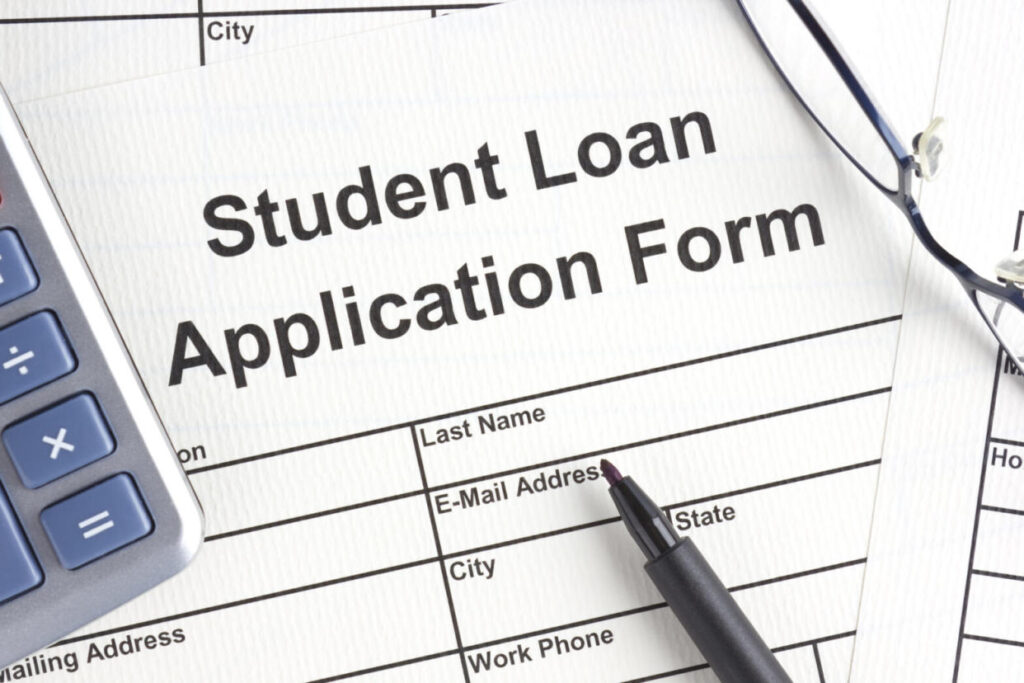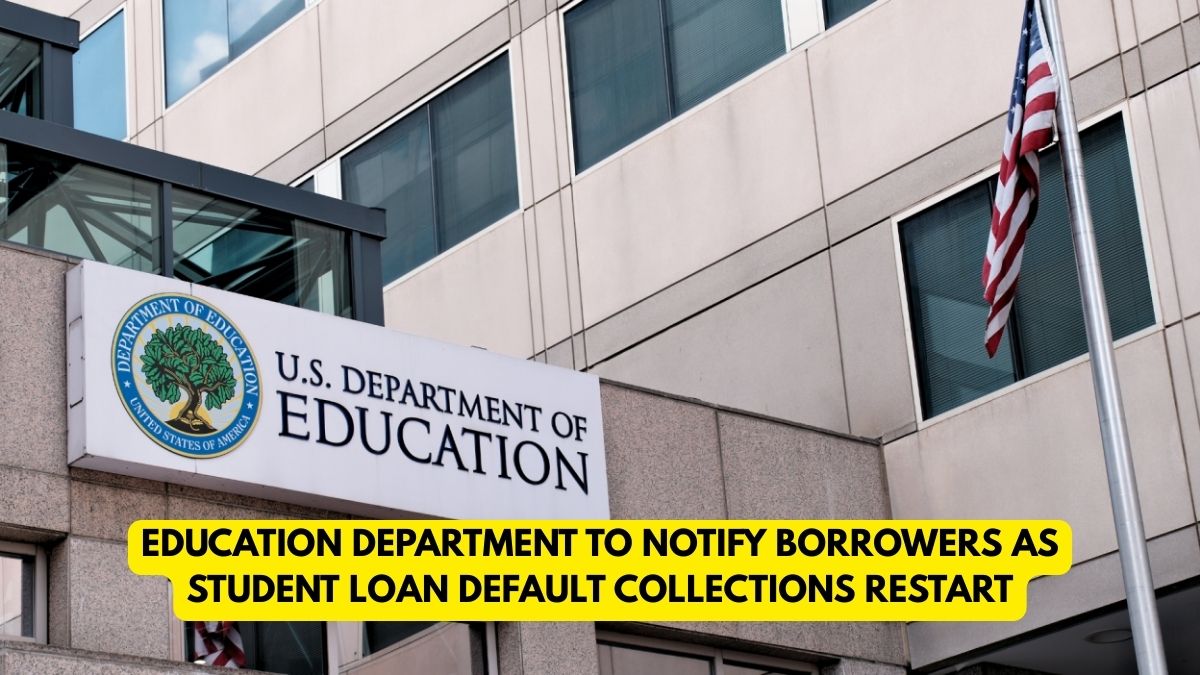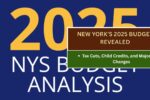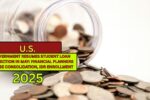After a five-year hiatus due to the COVID-19 pandemic, the U.S. Department of Education has officially confirmed that student loan debt collections will resume on May 5, 2025. This decision marks the end of a long-standing pause in defaulted loan collections and signals a new phase of repayment enforcement, including wage garnishments and tax refund seizures.
A Date to Mark: May 5, 2025
The federal government will restart the Treasury Offset Program on May 5, a system used to collect overdue debts by intercepting tax refunds, garnishing wages, and deducting from federal benefits like Social Security.
The announcement affects approximately 5.3 million borrowers who are currently in default, as well as others nearing delinquency.
“The COVID-19 relief efforts were unprecedented, but it’s time to return to normal operations,” said Education Secretary Linda McMahon. “This resumption ensures fiscal accountability and protection for taxpayers.”

What It Means for Borrowers in Default
Borrowers in default could see several enforcement actions resume:
- Tax Refund Seizures: Your federal tax return could be withheld.
- Social Security Deductions: Up to 15% of your benefits may be taken.
- Wage Garnishment: Employers may deduct a portion of your paycheck.
- Federal Salary Garnishment: Federal employees in default may face automatic deductions.
The government uses the Treasury Offset Program and Administrative Wage Garnishment tools to recover unpaid debts.
What to Expect Next
The Department of Education has confirmed that borrowers will begin receiving email notifications within the next two weeks. These communications will outline steps to resolve default status, including:
- How to contact the Default Resolution Group
- Options for loan rehabilitation
- Details on income-driven repayment (IDR) plans
- Resources for financial counseling
Borrowers can also visit the Federal Student Aid portal to check their loan status, find contact information, and explore repayment options.
Options to Get Out of Default
Borrowers are encouraged to take immediate action to avoid severe consequences:
Loan Rehabilitation
You can make nine consecutive monthly payments within 10 months to return your loan to good standing. This also removes the default status from your credit report.
Loan Consolidation
Combine your loans into a Direct Consolidation Loan and enroll in an IDR plan to get out of default.
Income-Driven Repayment (IDR)
IDR plans cap your monthly payments based on income and family size. They’re often the best path to affordable long-term repayment.
Why the Government Is Restarting Collections
The Biden administration (building on Trump-era policy discussions) has argued that extended debt pauses cost taxpayers and distort the long-term sustainability of the federal loan system. Officials insist that resuming collections is essential for fairness and fiscal responsibility.
Critics, however, have raised concerns about the timing and potential hardships for financially vulnerable Americans still recovering from inflation and job instability.
“The move could result in millions losing their tax refunds, even as basic costs remain high,” said an analyst at the Brookings Institution.

What You Should Do Now
- Log in to StudentAid.gov and review your loan status.
- Update your contact info to receive alerts from the Department of Education.
- Reach out to the Default Resolution Group if your loan is in default.
- Set up a repayment plan—especially if you’re eligible for IDR.
- Don’t ignore notices from the Education Department or collection agencies.
Failing to act could result in garnishments or withheld tax refunds.
Final Thoughts
The resumption of federal student loan debt collections is a major development impacting millions of Americans. With May 5 quickly approaching, borrowers are strongly advised to act fast—review loan statuses, set up a plan, and avoid the potentially severe financial consequences of inaction.
This article has been carefully fact-checked by our editorial team to ensure accuracy and eliminate any misleading information. We are committed to maintaining the highest standards of integrity in our content.

Deepak Grover is a dedicated content writer at OTE News, specializing in government affairs, public policy, and current events. With a keen eye for detail and a passion for factual reporting, he ensures readers receive accurate and insightful news. Deepak holds a degree in Political Science and has experience in research-driven journalism.
When not writing, he enjoys reading historical books, exploring hiking trails, and staying updated with global political trends. His commitment to ethical journalism makes him a trusted voice at OTE News.




